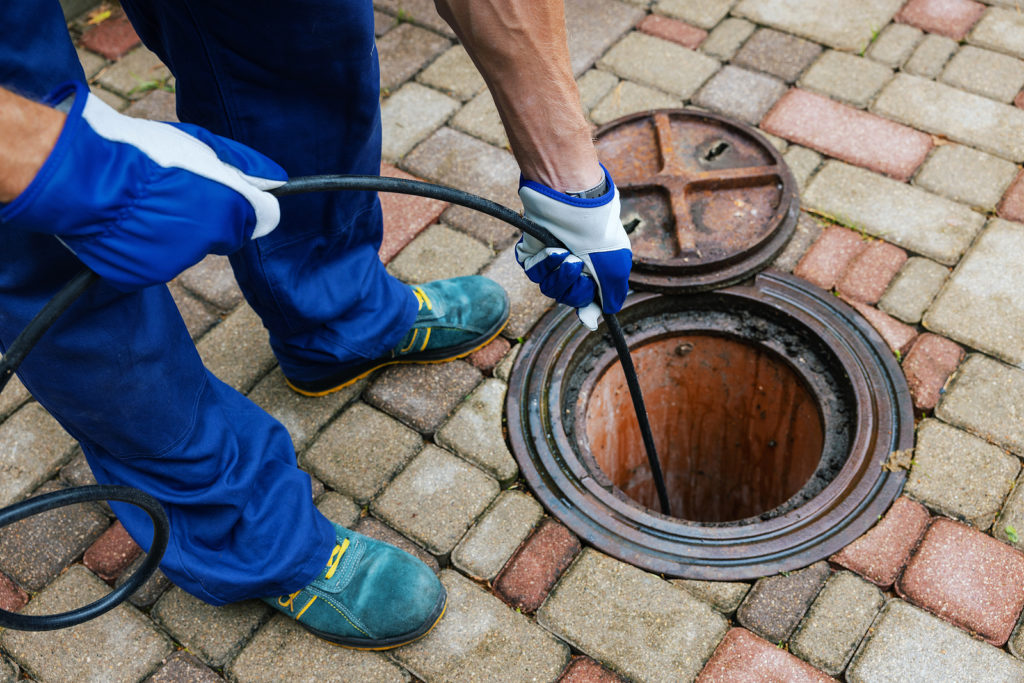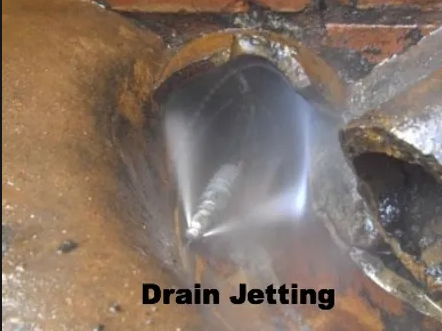157 Castel Hill Ave,
New Addington , Corydon,
CRO OTJ, UK
plumber_adrian@yahoo.com
Email Address
New Addington , Corydon,
CRO OTJ, UK
Email Address

Drain blockages are an unfortunate reality that homeowners and businesses alike must face. While it can be tempting to try and solve the problem with a plunger or a store-bought drain cleaner, these quick fixes may only provide temporary relief. This is where drain jetting comes in as a highly effective solution that can clear blocked drains and restore proper water flow.
Now, you may be wondering how exactly drain jetting works. Essentially, this technique involves using high-pressure water jets to dislodge and remove debris, sediment, and obstructions from within the drainage system. It is particularly useful for removing tough and stubborn blockages that may be difficult to reach with other methods.
One of the key benefits of drain jetting is that it is a non-invasive method of drain maintenance. Unlike other approaches that may involve digging up or otherwise accessing the pipes, drain jetting can be done without causing damage to the surrounding area. Additionally, because it uses only water, it is a relatively eco-friendly solution.
So, when is it recommended to use drain jetting? Generally speaking, this method is best suited for cases in which other methods have failed to resolve the blockage. It can also be beneficial for routine maintenance, helping to prevent larger issues from developing down the line.
Overall, understanding and its benefits can help you make informed decisions when it comes to resolving drainage issues. Whether you’re a homeowner or a business owner, this powerful solution may be just what you need to get your drains flowing freely once again.
It involves the use of specialized equipment that delivers a powerful stream of water to effectively clear blockages in drains. Here’s an overview of the drain jetting process:
Assessment: Before initiating drain jetting, a thorough assessment of the blocked drain is conducted. This may include inspecting the drain with CCTV cameras to identify the nature and location of the blockage.
Equipment Setup: High-pressure water jetting machines are utilized for drain jetting. These machines are equipped with flexible hoses and nozzles that can be inserted into the drain.
High-Pressure Water Jetting: The hose is inserted into the drain, and the high-pressure water jetting machine is activated. The machine delivers a forceful stream of water through the nozzle, which is directed towards the blockage.
Blockage Removal: The high-pressure water stream dislodges and breaks apart the blockage, clearing the drain. The water jet is powerful enough to remove stubborn obstructions, including grease, scale, tree roots, and other debris.
Flushing and Inspection: After the blockage is cleared, the drain is flushed with water to ensure complete removal of any remaining debris. CCTV cameras may be used again to inspect the drain and verify that it is clear and functioning properly.
It offers several advantages that make it a popular choice for clearing blocked drains. Here are some key benefits of using drain jetting:
Highly Effective: Drain jetting is a highly effective method for clearing even the most stubborn blockages. The powerful water jet can break apart and remove various types of obstructions, ensuring a thorough cleaning of the drain.
Versatility: Drain jetting can be used for a wide range of drainage systems, including residential, commercial, and industrial applications. It is suitable for different pipe materials and diameters, making it a versatile solution for various scenarios.
Non-Destructive: Unlike some other methods of drain clearing, drains jetting is non-destructive. It does not require excavation or dismantling of pipes, minimizing disruption and avoiding damage to the drainage system.
Preventive Maintenance: can be used as a preventive maintenance measure to keep drains clear and flowing properly. Regular jetting helps remove build-up, preventing future blockages and reducing the risk of more significant issues down the line.
Environmentally Friendly: it is predominantly relies on water as the cleaning agent, making it an environmentally friendly option. It minimizes the need for harsh chemicals, which can be harmful to both the drainage system and the environment.

Drain jetting is particularly beneficial in the following situations:
Stubborn Blockages: When other methods, such as drain rods or plungers, have failed to clear a blockage, drain jetting is often the next step. Its high-pressure water jets can break apart and remove even the most stubborn obstructions.
Regular Maintenance: Incorporating drain jetting into a regular maintenance schedule helps prevent recurring blockages and keeps the drains in optimal condition. This is especially useful for properties with a history of drainage issues or in areas prone to tree root intrusions.
Commercial and Industrial Applications: Drain jetting is commonly used in commercial and industrial settings where large volumes of waste and debris can accumulate in drains. It provides a powerful solution for maintaining the functionality of drains in these demanding environments.
Drain jetting, also known as hydro-jetting, is an incredibly powerful and effective method for clearing any kind of stubborn blockages in your drains. What sets it apart from other methods is its unique ability to dislodge and remove even the most stubborn obstructions with ease! It can also be used across a variety of different applications, from commercial to residential, making it a versatile option for those experiencing drainage problems.
Another excellent advantage of drain jetting is its non-destructive nature, ensuring that your pipes are not harmed during the cleaning process. Not only does it resolve issues you may already be experiencing, but it can also prevent future issues due to its efficient and thorough cleaning approach. It’s important to understand this process and its appropriate applications for property owners and managers looking to ensure the smooth and optimal operation of their drainage systems.